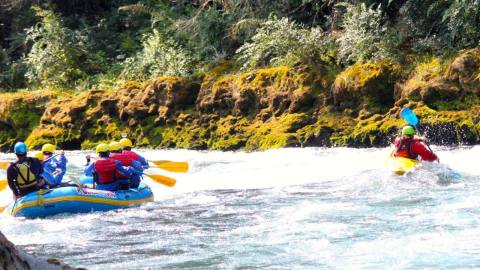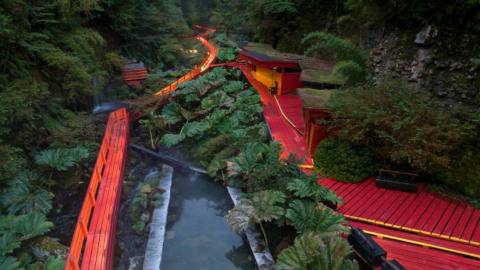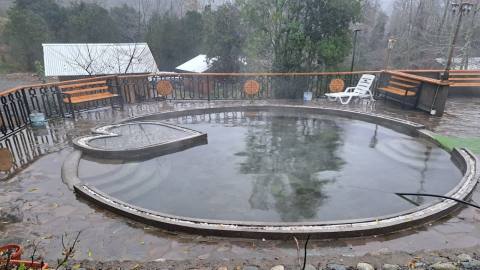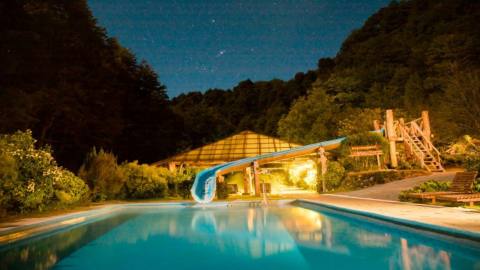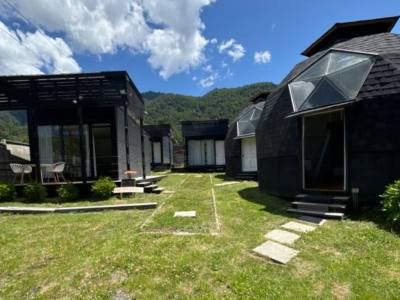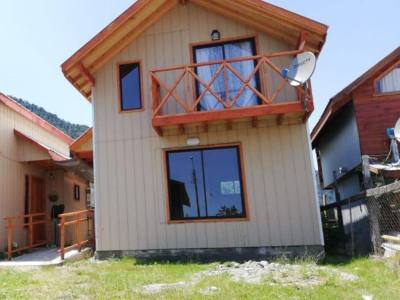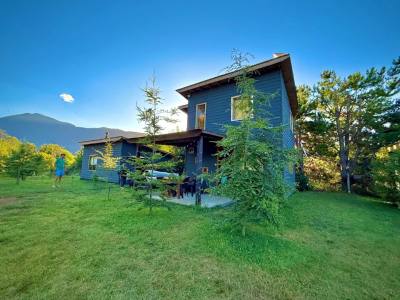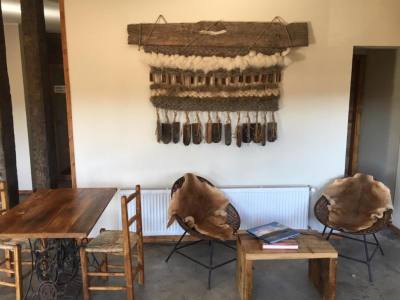Leaving Panguipulli, a very amusing tour lets travelers reach the City of San Martín de los Andes, in Argentina after sailing across Lake Pirehueico. We left the city behind and headed for Puerto Fuy, on Lake Pirehueico, where we would get on the ferryboat. We bordered Lake Panguipulli and got past various beaches that get crowded with people who wish to spend the day at this location in the summertime. Choshuenco is one of the small villages we could see during the itinerary. We finally came to Fuy. As the ferry had not arrived yet, we took a ride around this small town with a fantastic view of the Choshuenco Volcano and the lake. “Pirehueico” stands for “snow ponds” in the Mapuche tongue and it is surrounded by lush native forests. As most likes on both sides of the mountain range, it has a glacial origin.
Towards Hua Hum International Pass
We drove our vehicle on board the Hua Hum ferry and parked it next to other twenty cars. Once the ship set sail, we got on the top deck in order to catch a glimpse of the environment. In former times, a smaller ferryboat called Mariela used to keep this way active for over 30 years. As we got to Port Pirehueico, we took a rubble road towards the border to carry out all necessary proceedings. Once on Argentinian soil, we went for a short walk around the area and the Hua Hum River, final point of Lakes Lácar and Nonthué. At the Hua Hum Inn pier, we saw the watercraft that crosses Lake Lácar leaving from San Martín de los Andes. We covered the next 45 kilometers towards the city through a rubble road featuring many bends and slopes. The vastness of Lake Lácar could be observed from certain points. The thick forests resemble the Chilean ones in size and style. Bends and more beds led us to the pampa and the rock named Trompul, a hamlet dwelled by the Mapuche community. We were welcomed by San Martín de los Andes, a city that has experienced enormous growth in the last few years. Care for the environment and tourism represent the basis of local lifestyle. This is the starting point of the Seven-Lake Road and a link with the entire Patagonian Lake District, highly appreciated by tourists from all over the world.
Mónica Pons
Eduardo Epifanio
Contact of the excursion or tour
Hua - Hum
, Panguipulli, X Región, Chile
Cell Phone: +56 42773450
In general, the ferryboat ticket is paid in Chilean or Argentinian currency, or else in Dollars. However, it is safer to check with the company before reaching the ferryboat station.







